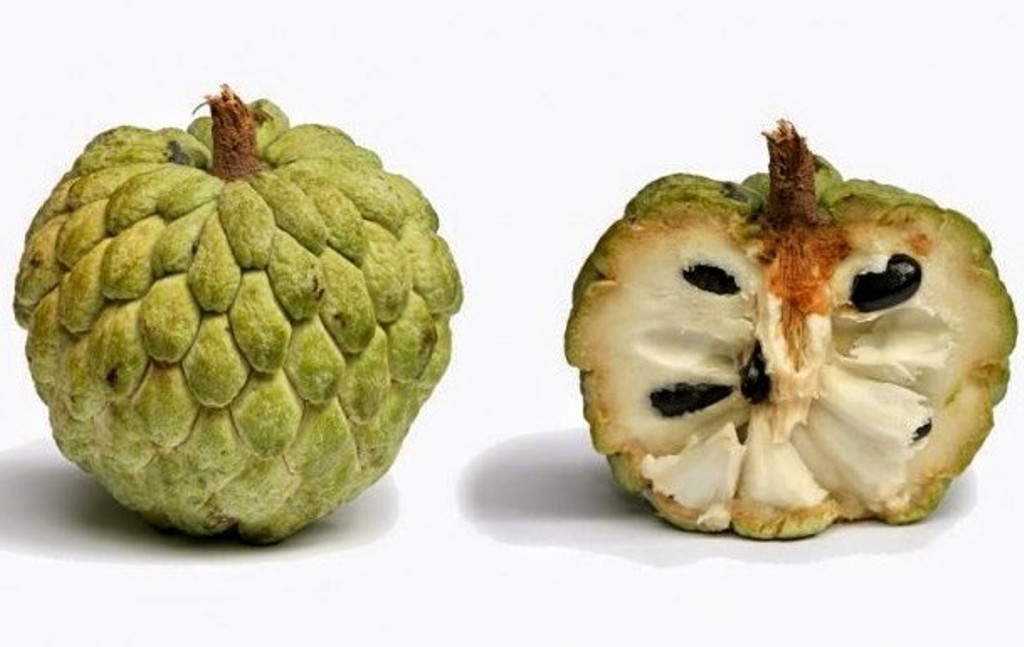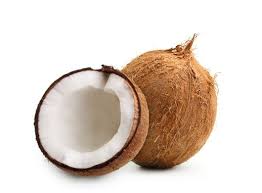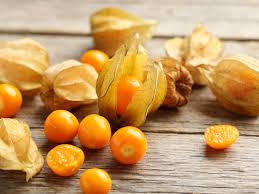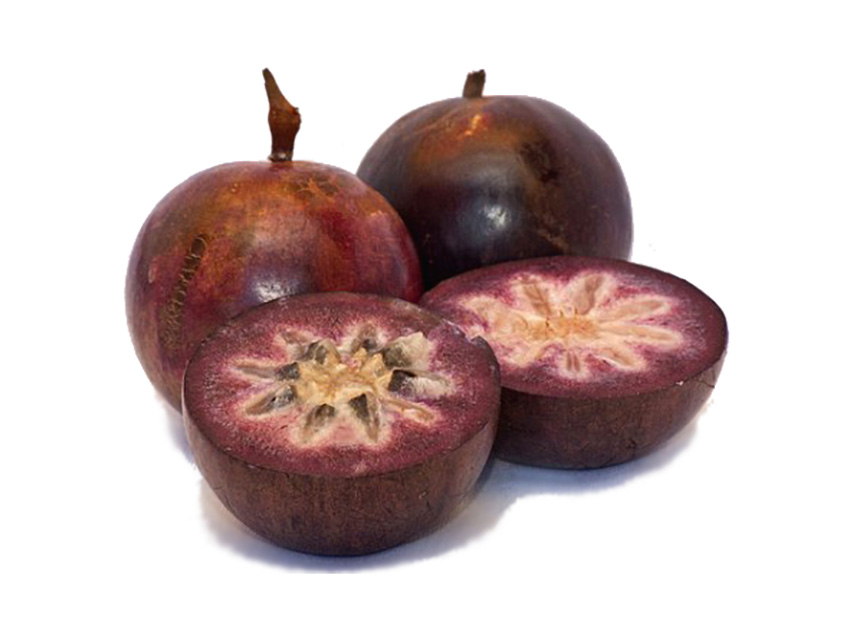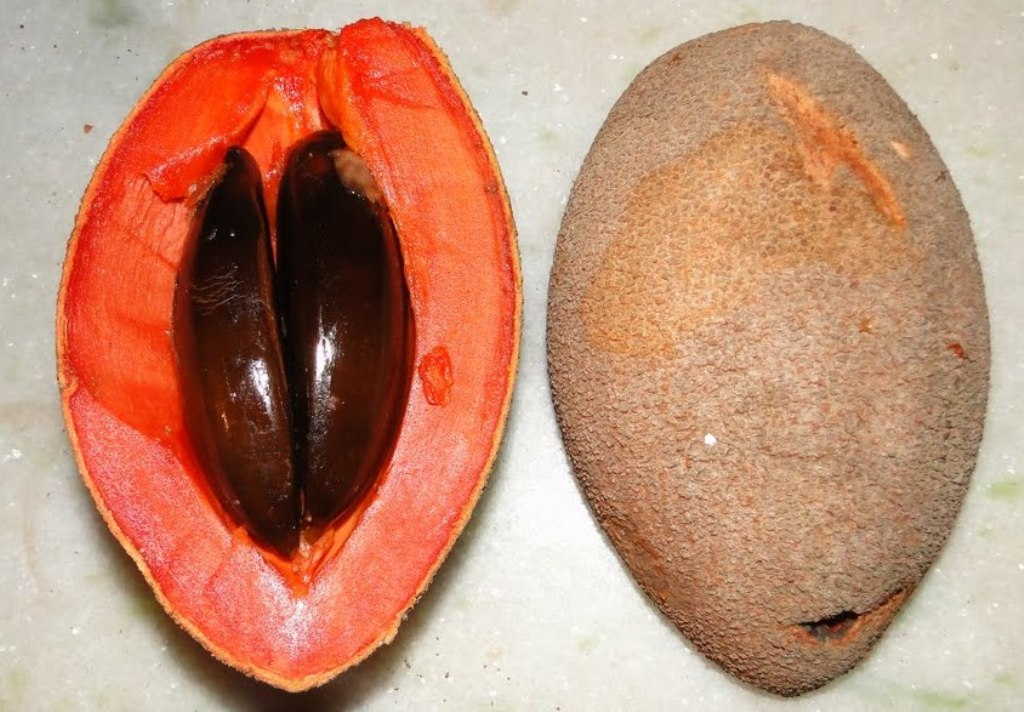The Candy Tree
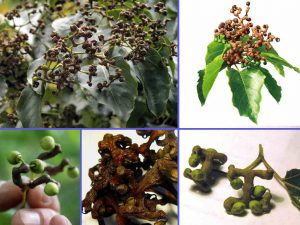 The Candy Tree (Hovénia dúlcis, Talks is sweet, known abroad as the Japanese raisin tree or oriental raisin tree, i.e. Japanese raisin tree or Oriental raisin tree). Historically grown in Japan, East China, Korea and up to 2000 meters in the Himalayas. Thanks to its beautiful spreading crown, it was brought to some countries as an ornamental plant, as a result, for example, in Brazil, it is considered one of the most common “invaders” of subtropical forests.The fruits of the candy tree are small, like large peas, and the plant is not valued by them at all, but by what the fruits are held on. The fleshy stalk, although it looks very strange, is actually very fragrant and sweet, it is suitable for eating raw. But more often the stalks of a candy tree are dried, then they become like raisins – both in taste and in appearance (hence the Western name “Japanese raisins tree” came from). The extract from seeds, twigs and young leaves is used as a substitute for honey, goes to the production of local wine and for sweets.
The Candy Tree (Hovénia dúlcis, Talks is sweet, known abroad as the Japanese raisin tree or oriental raisin tree, i.e. Japanese raisin tree or Oriental raisin tree). Historically grown in Japan, East China, Korea and up to 2000 meters in the Himalayas. Thanks to its beautiful spreading crown, it was brought to some countries as an ornamental plant, as a result, for example, in Brazil, it is considered one of the most common “invaders” of subtropical forests.The fruits of the candy tree are small, like large peas, and the plant is not valued by them at all, but by what the fruits are held on. The fleshy stalk, although it looks very strange, is actually very fragrant and sweet, it is suitable for eating raw. But more often the stalks of a candy tree are dried, then they become like raisins – both in taste and in appearance (hence the Western name “Japanese raisins tree” came from). The extract from seeds, twigs and young leaves is used as a substitute for honey, goes to the production of local wine and for sweets.
Of the useful substances, it is worth noting the high content of potassium, antioxidants, vitamins, protein and saccharides (sucrose, fructose, glucose). In China, candy tree extract has been used to combat the symptoms of a hangover for several hundred years. So, scientists from the University of California at Los Angeles from this extract isolated an active substance called dihydromyreticin (DHM). It allows you to sober up very quickly and even reduces cravings for alcohol! Already there are drugs. The main component of which is dihydromyreticin, in fact, this is the way to create a “sobriety pill” that not only alleviates the symptoms of intoxication, but also helps to overcome alcohol dependence. Here is such a wonderful Candy Tree!
